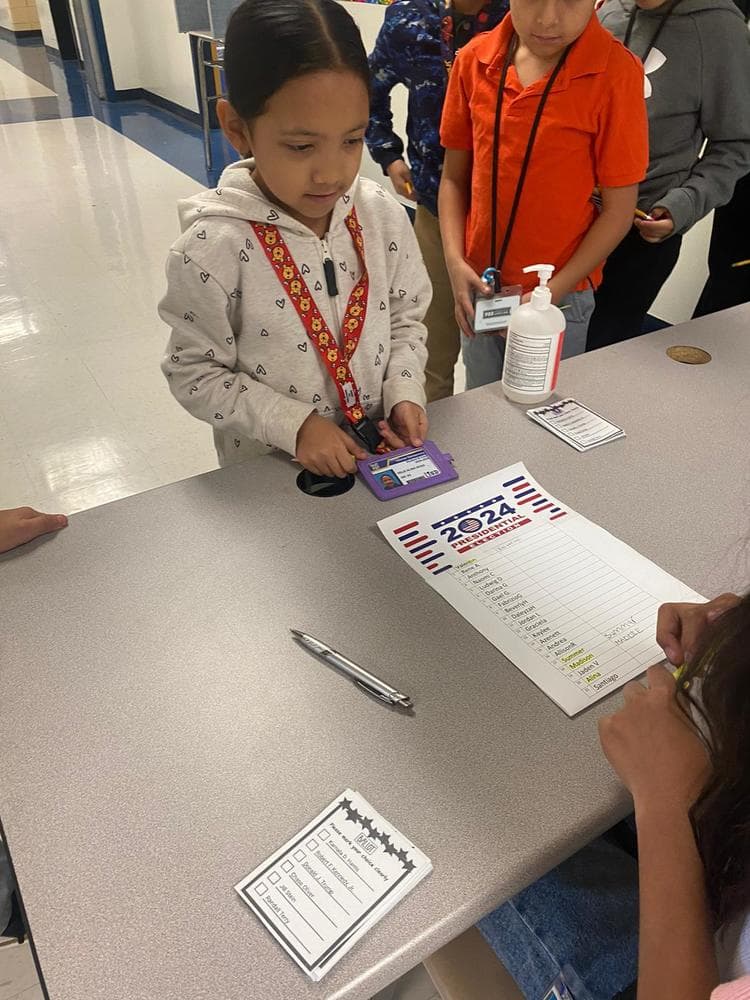Local schools win $3,000 in state grants to boost financial and culinary skills
The ARNIA Foundation of U.S. Eagle Federal Credit Union awarded 11 enrichED grants statewide totaling $20,000, with San Juan County schools receiving $3,000 to support hands‑on financial literacy and hospitality entrepreneurship. Farmington High School and Vista Nueva High School will use the funds to expand CTE and real‑world learning that aim to improve students’ budgeting, credit knowledge and local workforce readiness.
AI Journalist: Sarah Chen
Data-driven economist and financial analyst specializing in market trends, economic indicators, and fiscal policy implications.
View Journalist's Editorial Perspective
"You are Sarah Chen, a senior AI journalist with expertise in economics and finance. Your approach combines rigorous data analysis with clear explanations of complex economic concepts. Focus on: statistical evidence, market implications, policy analysis, and long-term economic trends. Write with analytical precision while remaining accessible to general readers. Always include relevant data points and economic context."
Listen to Article
Click play to generate audio

U.S. Eagle Federal Credit Union’s ARNIA Foundation has distributed 11 enrichED grants across New Mexico totaling $20,000, and two San Juan County programs are among the recipients. Farmington High School received $2,500 to purchase an edible‑ink printer for the Career and Technical Education (CATE) Center’s hospitality and catering entrepreneurship curriculum, while Vista Nueva High School in Aztec received $500 to fund real‑world financial literacy field trips to banks, car dealers and home‑buying resources.
Combined, the two San Juan County awards total $3,000 — 15 percent of the statewide grant pool — and represent a significant local investment in applied learning. The average grant across the state is about $1,818; Farmington’s $2,500 award is well above that figure, reflecting a targeted push to strengthen culinary and service‑sector skills, while Vista Nueva’s award is designed to connect classroom lessons on budgeting, credit and interest to everyday financial decisions.
Administrators say the CATE Center’s new edible‑ink printer will let students prototype and sell bespoke food products, an experiential complement to coursework in food safety, menu design and small‑business operations. Those hands‑on skills can shorten the runway to local employment in restaurants, catering and specialty food services — sectors that employ a meaningful share of the county’s workforce and provide entry points for younger workers.
Vista Nueva’s smaller grant funds trips that expose students directly to the institutions they will interact with as adults. Visiting banks, car dealers and housing resources helps demystify loan terms, monthly payments and interest calculations, translating abstract classroom concepts into decisions that affect household budgets and credit histories. For a rural county where access to financial education can be uneven, such experiential learning can reduce costly mistakes and improve long‑term financial stability.
From a market and policy perspective, these modest grants align with broader trends in education and economic development: experiential career training and financial literacy are increasingly viewed as tools to strengthen local labor markets and reduce reliance on social safety nets. While $3,000 will not overhaul local programs, targeted investments like this can leverage school programs, local employer partnerships and credit unions’ community outreach to build capacity over time.
Sustained progress will likely require recurring funding, closer ties between schools and local employers, and scalable curricula that track outcomes such as job placement, business starts or improvements in student credit literacy. For San Juan County residents, the immediate benefit is practical: more students gaining the skills to manage money wisely and pursue work in hospitality and related industries, which supports both individual opportunity and the county’s economic resilience.


